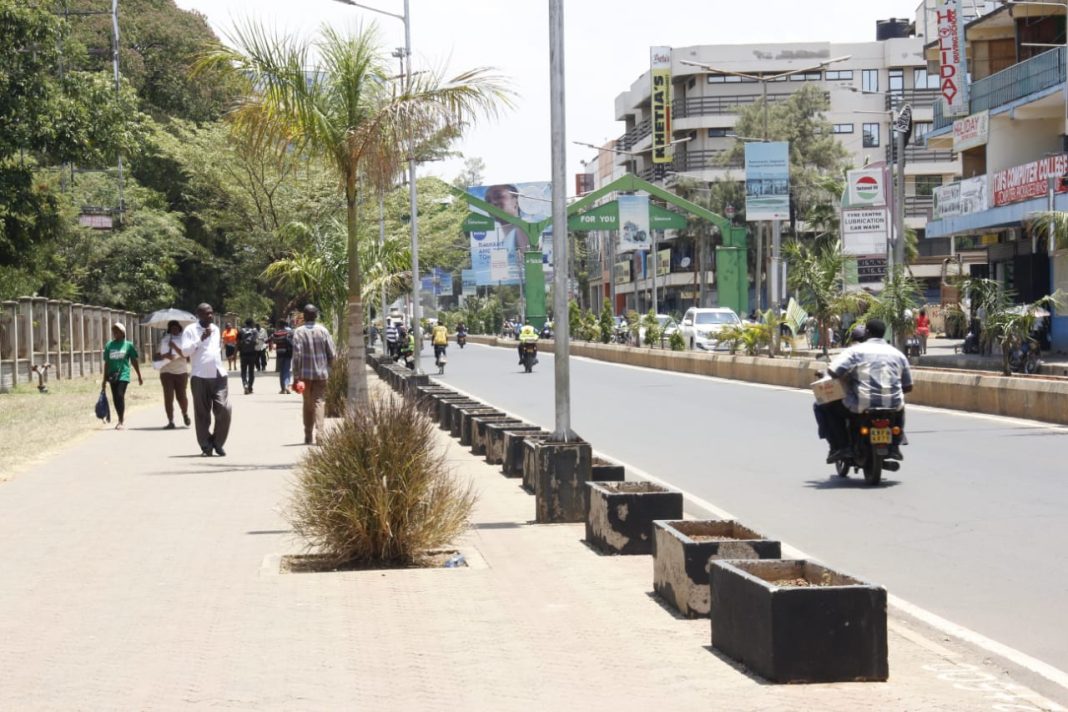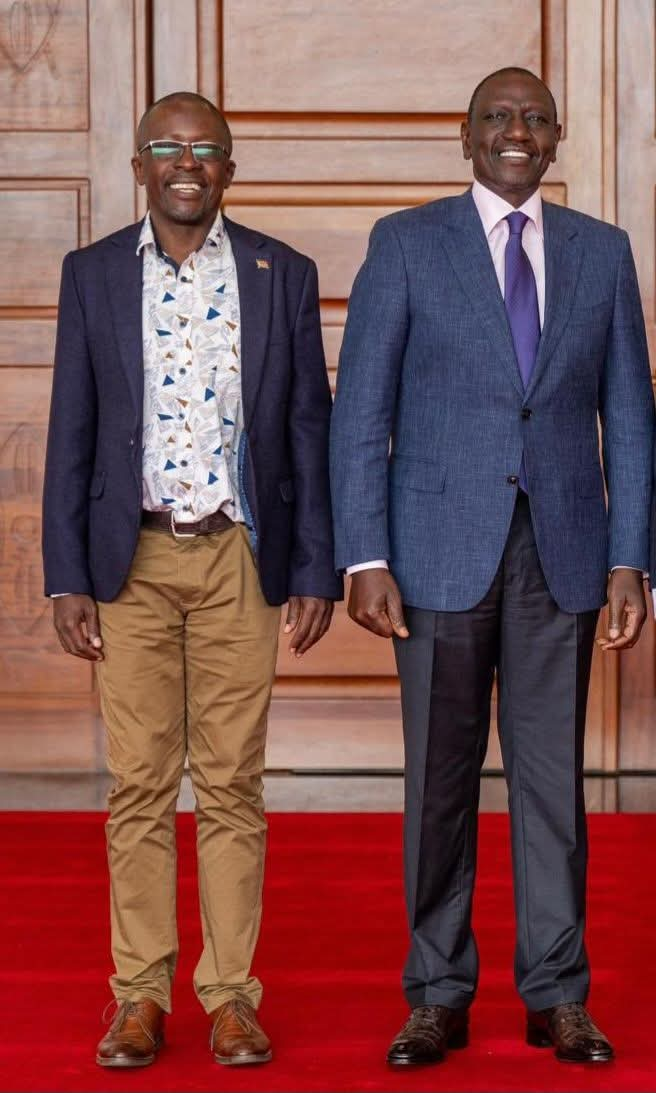By Billy Mijungu
Something happened and it won’t go unnoticed.
A fully fledged State Department for Children Welfare Services is under the Ministry of Labour and Social Protection.
The most important budget after security is children, be it school, household or state.
It brands the future, setting a firm foundation in health, social protection and education.
For an administration accused of so much, it deserves accolades for making this bold move.
A state department of focus, futuristic and results-based.
In this narration, I’m attempting to unpack in summary what it holds.
It is the hallmark of foundational social protection.
At the heart of it is CPA Carren Ageng’o Achieng, daughter of the larger Kadongo clan in Kisumu, with an illustrious career in accounting.
She must quickly reorient herself to give Kenyans her numbers of KPIS on how transformational her work will be.
Her day one didn’t disappoint.
She has a stellar, soft and relatable way of communicating.
Anyone in the social protection boardroom is said to have noticed her firm, instructional, child-friendly demeanour in text and speech, a suave blend of reading, speaking and gesturing laced with humour.
She was at ease, they say. Her boardroom demeanour was that of a mother clearly in her home.
This would be the State Agency to watch.
It carries a constitutional, legal and executive mandate that resonates deeply with the needs of our time.
From the Children Act 2022, the Constitution, to the Executive Order No. 2 of 2023, the Directorate is grounded and ready to act.
Its coverage of mandate is vast, from rescuing and reintegrating abandoned children, regulating rehabilitation centres and child institutions, inspecting living conditions, to operationalising legal procedures that touch on every child’s well-being.
The numbers and scale of the work are humbling.
Nearly half a million child protection cases have been managed in three years across the 47 counties through the Child Protection Information Management System, CPIMS.
The system not only helps track cases but also feeds into the Kenya Annual Economic Survey.
The national helpline 116 answered over 959,000 calls in 2024, resolving close to 100,000 child-related emergencies.
The department oversees 902 charitable children’s institutions serving over 45,000 children, manages rehabilitation schools, remand homes, rescue centres and even shelters for trafficking victims.
It handles programs such as the NICHE nutrition initiative, child protection volunteers, presidential bursaries for vulnerable children, alternative family care strategies, and child online safety.
The statistics and coverage demonstrate a far-reaching footprint.
In child rehabilitation alone, 2,300 children were served in statutory institutions last year, with 154 completing vocational programs.
The National Industrial Training Authority certifies these programs.
Meanwhile, over 120,000 cases of violence against children were addressed in 2024 through campaigns like Spot It Stop It.
The Directorate runs on a shoestring budget.
Sub-county offices operate on as little as Ksh 8,000 per quarter.
Despite this, officers carry out high-stakes interventions with courage and resilience, using public transport and sometimes their own resources.
They work in cramped offices, without proper ICT tools, and lack basic equipment to serve children with dignity.
Yet they do not stop.
Partners like UNICEF, USAID, UNODC, Save the Children, and many others play a crucial role.
But the ask is simple. Kenya must ring-fence the Directorate’s budget.
Let us match commitment with capacity.
The call to action includes funding legal guideline development, care reform rollout, bursary expansion, ICT upgrades, staffing and institutional refurbishment.
For once, Kenya has elevated the child to the status of national asset.
It is a story of commitment, structure and foresight.
It is also a story of how systems, when backed by political will, can protect the future one child at a time.
And that is a power move.




